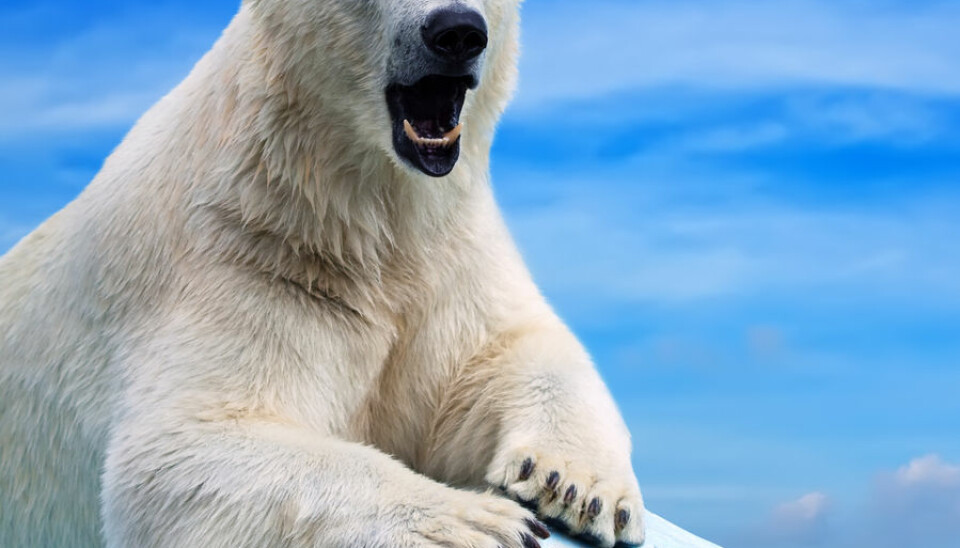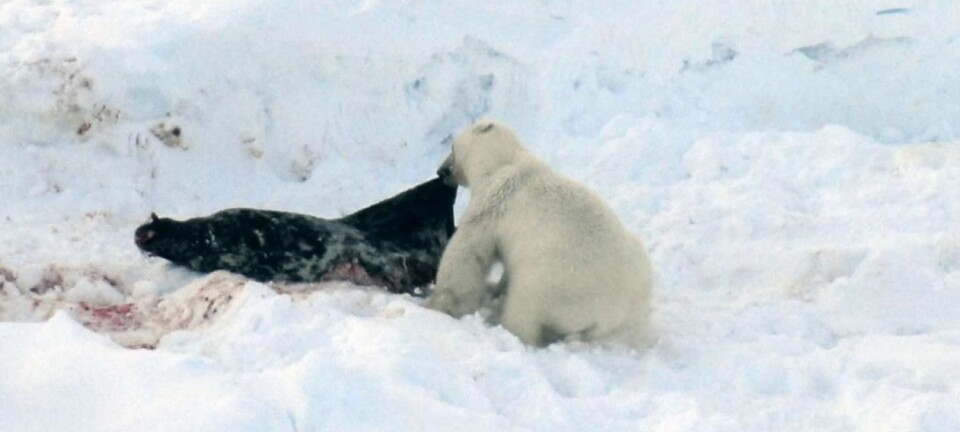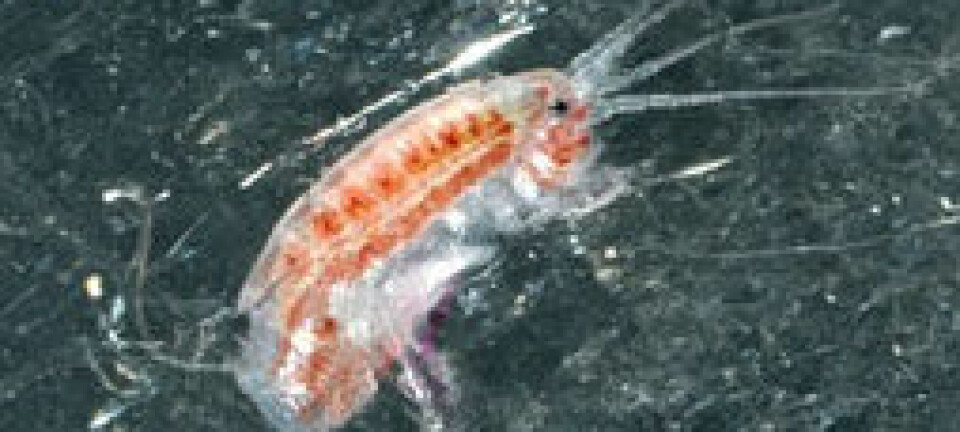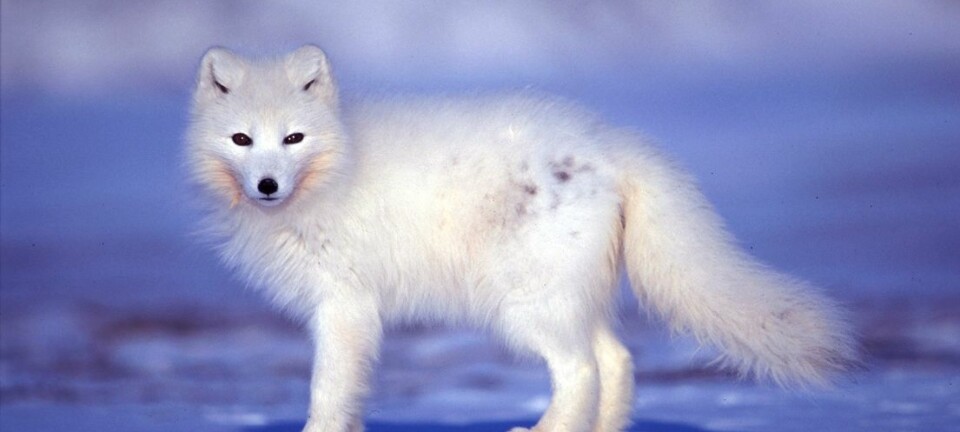
Chemical pollution is causing polar bear penises to break
Polar bears' penis bones are eroded by chemical pollution. So much that it might break during intercourse, scientists warn.
Polar bears live under constant threat from climate change and chemicals have been poisoning their environment and their food for decades.
Now research is also showing that some of these chemicals can affect the bears' sex lives.
Scientists from Aarhus University, Hvidovre Hospital, and University of Copenhagen have found a correlation between the amount of PCB in the polar bears' environment and the strength of their penis bone.
This can harm the polar bears' ability to mate.
"Obviously, if a bear's penis bone becomes so brittle that it breaks during sexual intercourse it is unlikely breed again. The reason for this is not so much the pain of a broken penis bone, but if the penis becomes too lopsided it will be impossible for the parents to consummate and ordinary meeting session," explains study co-author, Christian Sonne, professor at the Department of Bioscience at Aarhus University.
This is likely to have a negative impact on the polar bear population, he says.
The new discovery was recently published in the journal Environmental Research.
Also a problem for humans
The polar bears' problem is that they live in the Arctic, where the concentration chemicals is higher than many other places on the planet.
"The North Pole, for instance, is one of the most polluted places on earth -- despite its geographical remoteness from any kind of industry," says Sonne.
Chemicals released into the atmosphere at our latitudes are carried by the wind and ocean currents to the Arctic, where they are absorbed by the food chain.
But polar bears don't live alone in the Arctic. People live there too, and the Inuit are to a large degree dependent on the same food as polar bears, namely seals, and in some places they also eat the bears.
So according to Sonne, the Inuit are likely to be just as heavily hit by the chemicals as the polar bears.
"This that they are exposed to the same types and volumes of chemicals. This, along with changes in lifestyle and smoking, may be why we are seeing an increase in the number of Inuit suffering from diabetes and cancer," says Sonne.
Veterinarian: polar bears are extremely exposed
Mads Frost Bertelsen, a veterinarian at Copenhagen Zoo and professor at the University of Copenhagen finds the new study very exciting.
"This is yet more evidence that polar bears are extremely exposed to harmful chemicals," says Bertelsen.
The vet does not, however, believe there is any indication that polar bears are facing a serious problem due to broken penis bones at this point in time.
"I haven't heard of broken penises being a problem polar bears had to contend with. On the other hand, I do see lower bone density as a symptom of the pollution to which the polar bears are exposed -- and in my view the message from this study is extremely important," says Bertelsen.
Hunger makes chemicals more dangerous
Sonne envisages that polar bears will face even more problems in the future.
At the present time, scientists only have an estimate of how many polar bears are left in the world. The estimate is around 25,000.
It is, however, uncertain what harm chemicals and climate change have done to the overall polar bear population.
The worst-case scenario is that it already is -- and will be in the future -- huge.
"The combination of chemicals and climate change are a deadly cocktail for the polar bears. Climate change is having a tremendous negative effect on the polar bears' ability to find food, and when the bears begin to eat into their fatty tissue, the chemicals that have accumulated in the fatty tissue will enter the bloodstream and cause them harm. This is an extremely serious problem," explains Sonne.
--------------
Read the original story in Danish on Videnskab.dk
Translated by: Hugh Matthews











